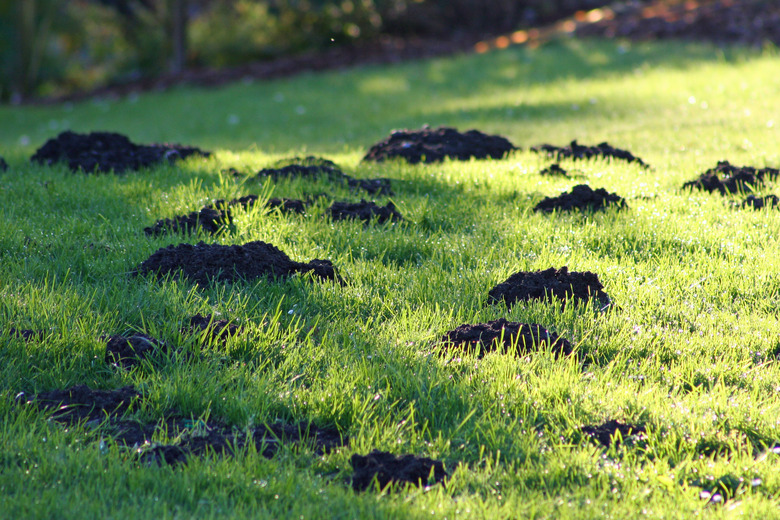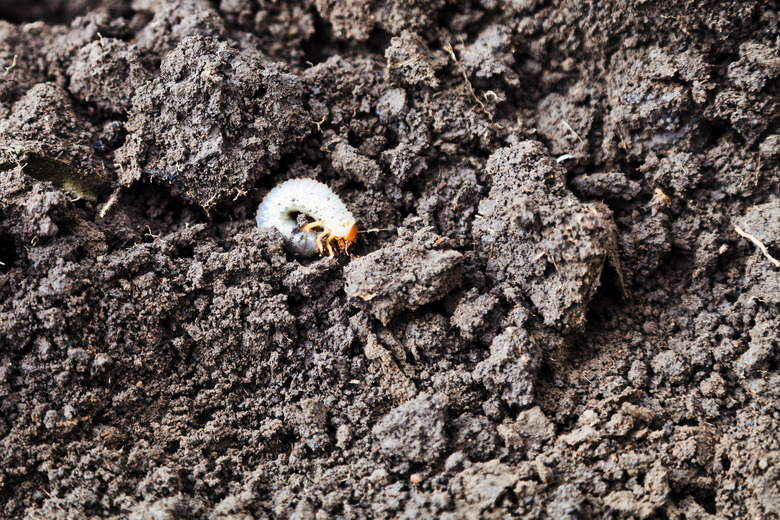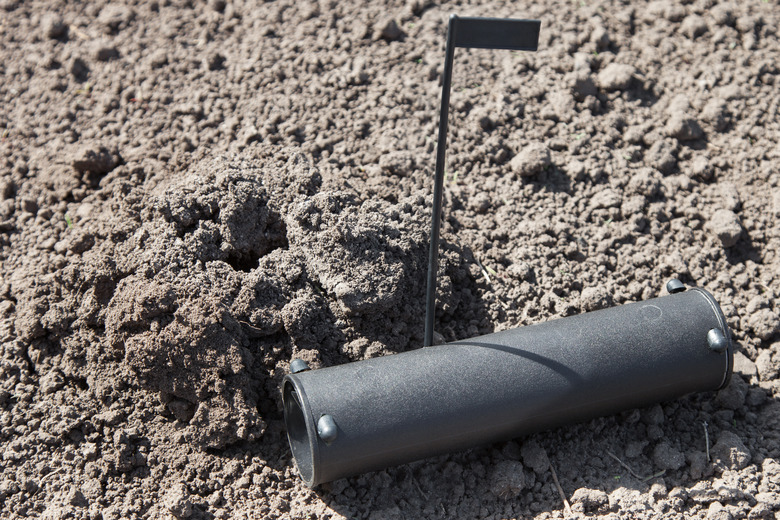How Much Does It Cost To Remove A Mole?
If those molehills that keep appearing in your yard seem more like mountains, it may be time to take action. Getting rid of these rodents may take some time; moles will stay as long as they're finding food underground. The cost to remove yard moles varies depending upon the removal methods used. DIY options could cost less than $30, while professional removal could easily cost ten times as much, depending upon the size of the property and number of moles.
Moles Are Actually Beneficial
Moles Are Actually Beneficial
Before deciding to decimate or relocate moles, consider why they're in your yard in the first place. While they are guilty of creating unsightly raised areas across a lawn, these creatures actually provide some benefit to both lawns and garden plants. Moles are insectivores, offering a form of natural pest control as they eat beetles and grubs that could otherwise wreak havoc on nearby plant life.
Moles aren't trying to eat your freshly planted flowers or lush lawn grass. They don't eat plants at all, but their tunnels may disturb plant roots, occasionally causing some damage. Voles, on the other hand, can devour plants and plant roots if they take over the tunnels left behind by moles.
Moles tunnels also help aerate the soil, benefiting lawns and garden plants. Since moles are somewhat solitary creatures, the typical one-acre space usually only contains a few moles. In other words, a major infestation is unlikely. Moles will also leave the property once they're no longer finding food, so there's usually not a significant need to remove or exterminate them.
Setting Mole Traps
Setting Mole Traps
If you decide to get rid of yard moles yourself, several types of traps are available. Some traps kill moles in their tunnels, while others are designed for a more humane catch-and-release process.
Before buying a trap, check your state's laws, as some or all forms of mole trapping may be illegal where you live. Look up your state's laws by searching your state name online, along with the term "mole trapping" or "mole removal" and "legal status."
If you are allowed to trap moles in your state, expect to pay $15 to $30 on average for either a lethal or catch-and-release trap. If you spot a number of mole runs on your property, you may need more than one trap.
Traps work best when positioned along frequently used mole tunnels. To determine which tunnels are used regularly, tamp down one of them a few feet from the hill or entry point. Note whether the dirt is raised again the next day. If so, tamp it down again and wait one more time. If the mole uses the tunnel yet again, raising the surrounding soil, this is a good spot to place the trap.
Keeping Moles Away
Keeping Moles Away
While it may be impossible to completely prevent moles from burrowing in your yard, you may be able to deter them with some success. Dogs or cats allowed to roam the yard serve as a simple form of mole control. In rural areas, attracting predatory birds such as barn owls may also greatly reduce the frequency of moles foraging underground on your property.
If moles repeatedly prove problematic in a specific area, such as a small vegetable garden, consider surrounding the space with a fence-style barrier to keep moles away. Dig a narrow trench at least 2 feet deep around the area, then insert a homemade "mole fence" made of hardware cloth or sturdy wire screening. Make sure the fence protrudes at least 6 inches above ground, with the upper edge bent sharply outward to prevent creatures from climbing it. This deterrent method is relatively inexpensive but somewhat labor intensive. A small roll of hardware cloth 2 feet high, 25 feet wide costs around $40.
As for commercial mole repellents and remedies, many are not effective. If moles come across foreign objects in their tunnels, they'll simply dig around them. Noise-based deterrents such as pinwheels may help to some degree, but moles become accustomed to the sounds and vibrations these devices create and may soon ignore them. Poisons are also not ideal, as they could harm pets and wildlife.
Even treating the yard for grubs may not entirely eradicate the mole issue, as moles also eat earthworms and other critters burrowing beneath the grass.
Pest Control Companies
Pest Control Companies
If you prefer to hire someone to remove moles from your property, the costs vary depending upon the severity of the issue and the number of trips required to complete the job. Some companies charge as little as a $50 setup fee and another $50 per mole caught. Others charge more up front, such as $150, plus another $80 or so per mole caught.
Some companies charge per trip to the property. In such instances, the company charges an up-front fee, typically $150 to $200, plus another $50 or more per return—generally every 7 to 10 days until there's no more evidence of moles. In these cases, the mole-removal process could cost as much as $300 to $500.
Before choosing a pest-control company, ask a representative about the rates as well as the methods used to remove moles. If you prefer live removal and relocation, make sure the company uses this method before hiring them.




